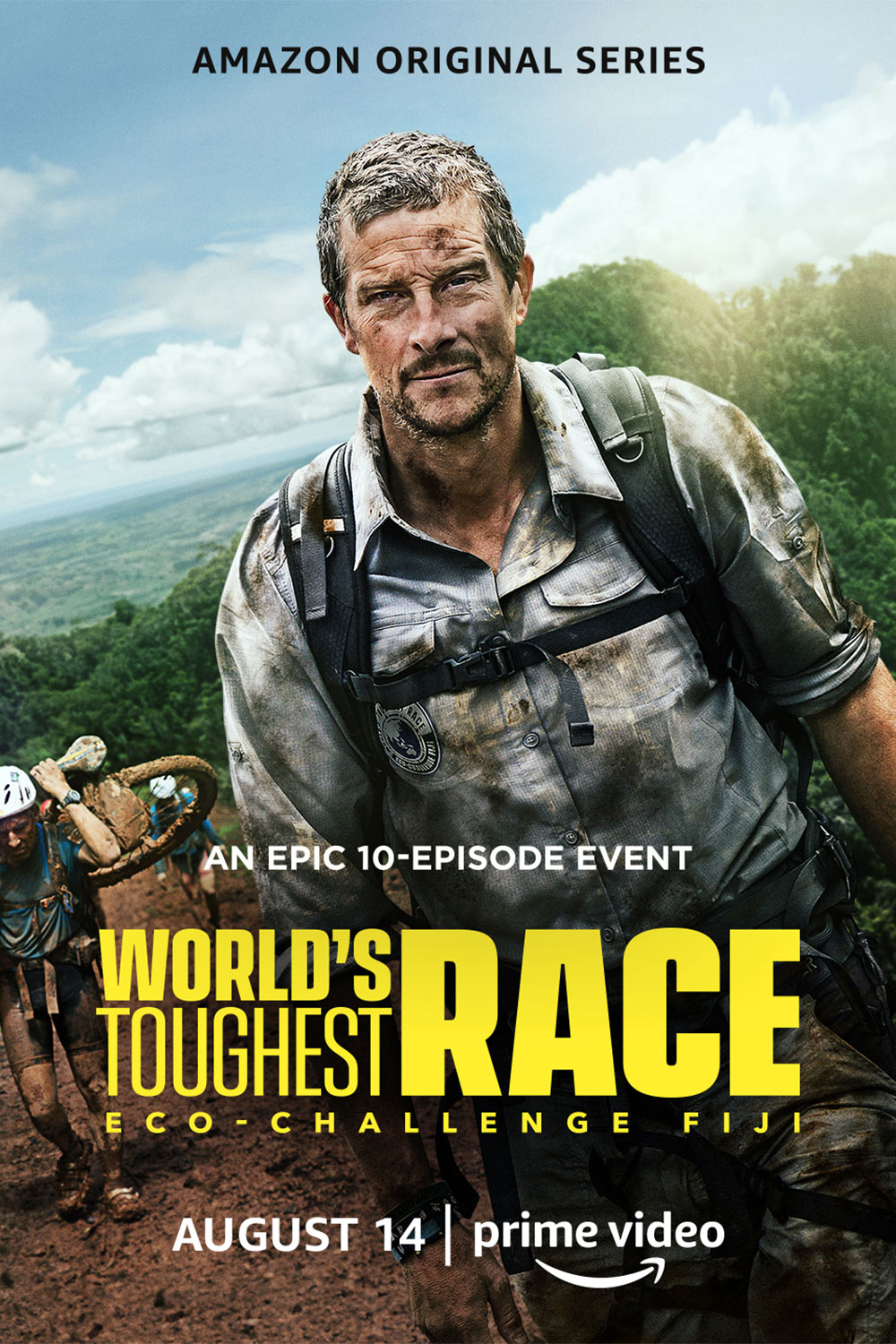The World’s Toughest Race is not like the old Amazing Race. It is a cumulation of that and Survivor. From around the world, teams of four gather in Fiji to take part in an adventure race hosted by the one and only Bear Grylls. Teams take part in what is essentially one long race in the hopes of either simply finishing, which many of the “rookie” teams aim for, or to finish on the podium. Throughout this race, the teams will move across Fiji’s many islands moving from oceans to jungles while tackling the weather, exhaustion, heat, and time.
The race has a straightforward setup. Teams must progress through different checkpoints along the racecourse, which is over 600 kilometers (about 350 miles). Certain checkpoints have cutoff times and rest areas where teams can plan for the next leg. Along the way, teams will be required to collect medallions, without which they will not be allowed to continue.
The race includes kayaking, stand up paddleboarding, free diving, jungle treks, mountain bike riding, rock climbing, and traversing through rivers and lakes. All the while, there is the ever-present threat of tropical storms and heatwaves. By no means is this a race for everyday people.
Most of the teams are here in the hopes of finishing. As a result, they take a bit longer as compared to the teams trying to place on the podium, who often fly through the course as if it were a stroll in the park. The level of dedication, physicality, and teamwork witnessed from all the teams is awe-inspiring.
Many of the teams also hold extremely special and heartwarming backstories. Whether it is a man struggling with Alzheimer’s racing with his son, or the first-ever African American adventure racing team, there is always a team that can offer inspiration, and many will surely turn into role models.
Along with the contestants, a lot should be said about the host. Unlike other hosts on other shows, Bear Grylls has real-life experience dealing with the challenges the teams are going through, and many times he demonstrates how to do some of the challenges. He interacts with the teams as they arrive at certain checkpoints and briefly peps them up for the next challenge. As a host, I think Bear Grylls is proving to be one of the best I’ve seen in a long time.
Along with the teams, there are crew members of the show who constantly film the teams and will ask them questions about their decisions or about their well being for the show. While we are never shown their faces, something must be said about them. While the teams are trying their hardest to move through the racecourse, the cameramen are following and keeping pace with heavy camera equipment. In Man vs. Wild, Bear Grylls has often given heaps of praise to his crew who do the same thing he does with cameras, in the same way, the crew of this race deserves an equal amount of praise.
Another group that may be overlooked on the show are the people of Fiji themselves who often make appearances throughout the duration of the race, especially closer to checkpoints. It is amazing to see so many people helping the teams by offering encouragement, company, and in some cases, offering to share the load of the team’s packs and bikes. They were a sight of happiness during times of sadness for some of the teams.
Following the teams, as they made their way through Fiji was a blast. Hearing so many inspirational stories while learning a little bit more about adventure survival and being inspired to get out during this pandemic is a breath of fresh air. The show keeps you locked in, wanting to know if a team is going to survive until the next checkpoint. Of course, the show is not without injuries, heartbreak, and despair, but it is the grit that the teams show to get through despite this. Eco-Challenge Fiji is a show that should not be missed and one that will definitely inspire adventure racers around the world.


